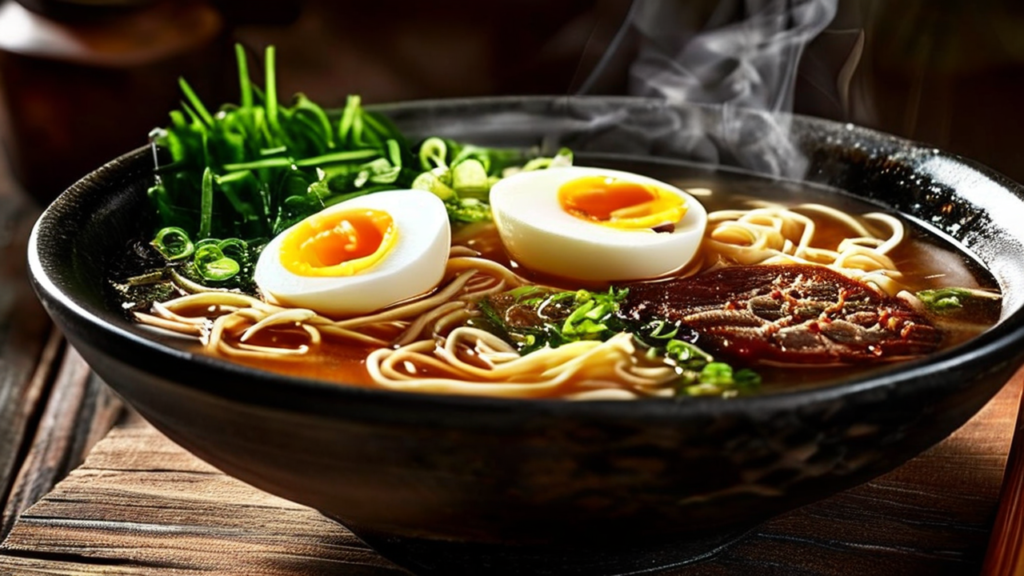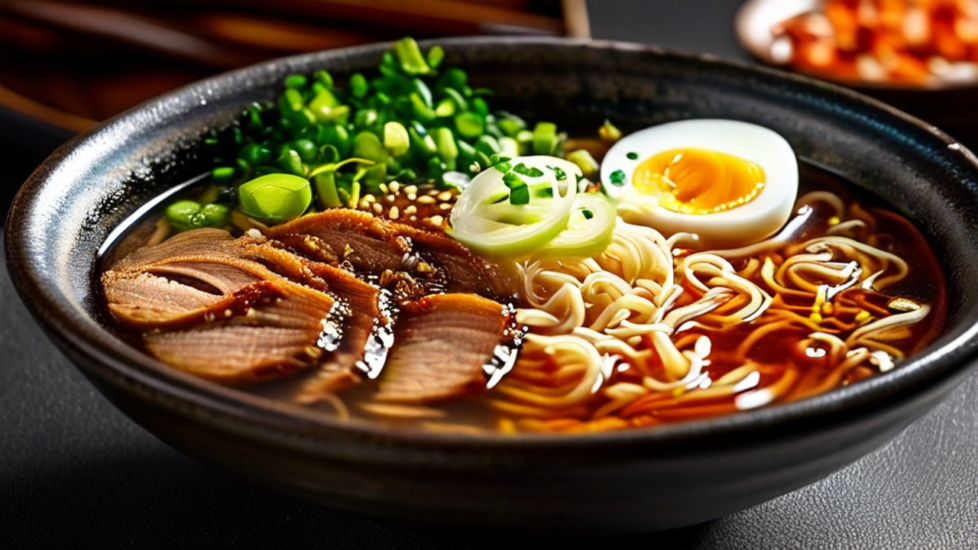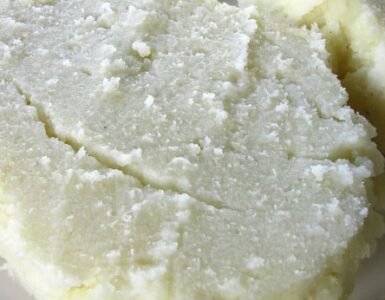A Taste of Japan in Your Kitchen
Homemade Ramen Recipe: Konnichiwa, food vloggers! Today, we’re venturing into the culinary world of Japan, a country known for its rich traditions, exquisite flavors, and diverse cuisine. And at the heart of Japanese cooking lies one of its most iconic dishes: Ramen. This soul-warming bowl of noodles, swimming in a flavorful broth and topped with an array of delicious toppings, is a true comfort food that has captured the hearts and taste buds of people around the world. Join us as we uncover the secrets to mastering homemade Ramen in your own kitchen, and watch as your audience falls in love with the bold and delicious flavors of Japan.

Understanding Ramen:
Ramen is a beloved noodle soup dish that originated in Japan but has since become a global sensation. While there are many regional variations of Ramen across Japan, the dish typically consists of four key components: the broth, the noodles, the tare (seasoning), and the toppings. The broth is often made from pork, chicken, or seafood, simmered for hours with aromatics such as ginger, garlic, and onions to develop rich flavor. The noodles are made from wheat flour, water, and kansui (alkaline mineral water), giving them their distinctive springy texture. The tare adds depth and complexity to the broth, while the toppings can include anything from sliced pork belly (chashu) and soft-boiled eggs (ajitsuke tamago) to green onions, bamboo shoots, and nori (seaweed). The result is a bowl of Ramen that is as comforting as it is delicious, perfect for warming up on a chilly day or satisfying your cravings any time of year.
Tips for Success:
1. Choose the right noodles: When making Ramen at home, it’s important to use the right type of noodles to achieve that signature chewy texture. Look for fresh or dried Ramen noodles at your local Asian grocery store, or try making your own from scratch for an extra special touch.
2. Simmer for flavor: The key to a great Ramen broth is simmering it low and slow to extract maximum flavor from the bones and aromatics. Don’t rush the process – let the broth simmer for at least a few hours (or even overnight) to develop rich, complex flavors.
3. Customize your toppings: One of the best things about Ramen is its versatility when it comes to toppings. Feel free to get creative and customize your Ramen with your favorite ingredients, from classic toppings like chashu and ajitsuke tamago to more adventurous options like corn, mushrooms, or even kimchi.
4. Don’t forget the seasoning: The tare, or seasoning, is what gives Ramen its signature flavor profile. Experiment with different combinations of soy sauce, mirin, sake, miso, and other ingredients to create a tare that suits your taste preferences.
Homemade Ramen Recipe:
Ingredients:
For the broth:
- 2 lbs pork bones (such as neck bones or pork ribs)
- 1 onion, halved
- 4 cloves garlic, smashed
- 2-inch piece of ginger, sliced
- 6 cups water
- 2 tablespoons soy sauce
- 2 tablespoons mirin
- 1 tablespoon sake
- Salt, to taste
For the noodles:
- Fresh or dried Ramen noodles
- Water, for boiling
For the toppings:
- Chashu (sliced pork belly)
- Ajitsuke tamago (soft-boiled eggs)
- Sliced green onions
- Bamboo shoots
- Nori (seaweed)
- Corn kernels
- Bean sprouts
- Thinly sliced mushrooms
Instructions:
1. To make the broth, place the pork bones in a large pot and cover with cold water. Bring to a boil, then reduce heat and simmer for 10 minutes. Drain the bones and rinse them under cold water to remove any impurities.
2. Return the bones to the pot and add the onion, garlic, ginger, water, soy sauce, mirin, and sake. Bring to a boil, then reduce heat and simmer, uncovered, for at least 4 hours (or up to 12 hours), skimming off any foam or impurities that rise to the surface.
3. Once the broth is ready, strain it through a fine-mesh sieve into a clean pot, discarding the solids. Season the broth with salt to taste and keep it warm over low heat while you prepare the noodles and toppings.
4. Cook the Ramen noodles according to the package instructions. Drain and rinse under cold water, then divide the noodles among serving bowls.
5. Arrange the toppings on top of the noodles, starting with the chashu and ajitsuke tamago, then adding the sliced green onions, bamboo shoots, nori, corn kernels, bean sprouts, and mushrooms as desired.
6. Ladle the hot broth over the noodles and toppings, ensuring that everything is well covered. Serve the Ramen immediately, with extra soy sauce, chili oil, or sesame seeds on the side for seasoning.
Conclusion:
Congratulations, food vloggers, you’ve just mastered the art of making homemade Ramen! With this recipe and our expert tips, you can confidently share the bold and delicious flavors of Japan with your audience, inspiring them to embark on their own Ramen-making adventures. So fire up your cameras, gather your ingredients, and get ready to create a bowl of Ramen that will transport your viewers to the bustling streets of Tokyo with every slurp. Itadakimasu! (Enjoy your meal!)
You Might Also Find the Following Articles Intriguing
- Food Vloggers Magazine | Your Ultimate Guide to Food Vlogging
- 20 Best Q&A Questions for YouTube Vloggers 2024 – Different Categories
- Bunny Chow Recipe: South African Dish
- Chapati Recipe: Traditional East African Flatbread
- Authentic Injera Recipe: Ethiopian Traditional Dish
- Ugali Recipe: East African Tradition Dish
- Homemade Fufu Recipe: West African Dish
- Homemade Jollof Rice Recipe: West African Cuisine
- Nyama Choma Recipe: Popular Dish in East African (Kenya, Tanzania, and Uganda)
- Homemade Hamburger Recipe: American Staple Dish
- Homemade Chicken Satay Recipe: Popular Indonesian Dish
- Homemade Ratatouille Recipe: Traditional French Dish
- Homemade Peking Duck Recipe: Chinese Traditional Dish
- Homemade Falafel Recipe: Middle Eastern Traditional Dish
- Homemade Ceviche Recipe: Traditional Dish From Peru
- Homemade Bangers and Mash Recipe: British Staple Dish
- Homemade Kebab Recipe: Middle Eastern Special Dish
- Homemade Sushi Burrito Recipe: Special American Dish
- Homemade Hungarian Goulash Recipe: Hungarian Traditional Dish
- Homemade Pho Recipe: Traditional Vietnamese Noodle Soup























































































